42 in supervised learning class labels of the training samples are known
43 in supervised learning class labels of the training samples ... 5 May 2022 — scouteo In supervised learning, class labels of the training samples are "known." The correct answer is "known." The other options for the ... Supervised learning - Wikipedia A first issue is the tradeoff between bias and variance. Imagine that we have available several different, but equally good, training data sets. A learning algorithm is biased for a particular input if, when trained on each of these data sets, it is systematically incorrect when predicting the correct output for .A learning algorithm has high variance for a particular input if it predicts ...
Types Of Machine Learning: Supervised Vs Unsupervised Learning Supervised learning is learning with the help of labeled data. The ML algorithms are fed with a training dataset in which for every input data the output is known, to predict future outcomes. This model is highly accurate and fast, but it requires high expertise and time to build. Also, these models require rebuilding if the data changes.

In supervised learning class labels of the training samples are known
Difference Between Classification and Clustering When the training is provided to the system, the class label of training tuple is known and then tested, this is known as supervised learning. On the other hand, unsupervised learning does not involve training or learning, and the training sample is not known previously. Content: Classification Vs Clustering Comparison Chart Definition Supervised vs Unsupervised Learning Explained - Seldon Examples of supervised learning classification. A classification problem in machine learning is when a model is used to classify whether data belongs to a known group or object class. Models will assign a class label to the data it processes, which is learned by the algorithm through training on labelled training data. ML | Types of Learning - Supervised Learning - GeeksforGeeks Supervised learning is when the model is getting trained on a labelled dataset. A labelled dataset is one that has both input and output parameters. In this type of learning both training and validation, datasets are labelled as shown in the figures below. Both the above figures have labelled data set as follows:
In supervised learning class labels of the training samples are known. Supervised Learning | SpringerLink Definition. Supervised Learning is a machine learning paradigm for acquiring the input-output relationship information of a system based on a given set of paired input-output training samples. As the output is regarded as the label of the input data or the supervision, an input-output training sample is also called labeled training data, or ... Supervised Learning - an overview | ScienceDirect Topics The procedure of Supervised Learning can be described as the follows: we use x(i) to denote the input variables, and y(i) to denote the output variable. A pair ( x(i), y(i)) is a training example, and the training set that we will use to learn is { ( x(i), y(i) ), i = 1, 2, …, m }. ( i) in the notation is an index into the training set. Semi-Supervised Learning: Techniques & Examples [2022] - V7Labs Semi-supervised learning is a broad category of machine learning that uses labeled data to ground predictions, and unlabeled data to learn the shape of the larger data distribution. Practitioners can achieve strong results with fractions of the labeled data, and as a result, can save valuable time and money. Basics of Supervised Learning (Classification) | by Tarun Gupta ... They are namely Learning and Querying phase. The learning phase consists of two components of namely Induction (training) and Deduction (testing). The querying phase is also known as application phase. Let's talk about it in a more formal way now. Formal definition: Improve over task T, with respect to performance measure P, based on experience E.
Classification in Machine Learning: What it is and Classification ... Aug 23, 2022 · This is also how Supervised Learning works with machine learning models. In Supervised Learning, the model learns by example. Along with our input variable, we also give our model the corresponding correct labels. While training, the model gets to look at which label corresponds to our data and hence can find patterns between our data and those ... Quantum machine learning library - Azure Quantum | Microsoft Learn Classification is a supervised machine learning task, where the goal is to infer class labels y1,y2,…,yd y 1, y 2, …, y d of certain data samples. The "training data set" is a collection of samples D = (x,y) D = ( x, y) with known pre-assigned labels. Here x x is a data sample and y y is its known label called "training label". PDF Learning with Multiple Labels - NeurIPS associated with a single class label, while in unsupervised classification (i.e. clustering) the class labels are not known. There has recently been a great deal of interest in partially-or semi-supervised learning problems, where the training data is a mixture of both labeled and unlabelled cases. Here we study a new type of semi ch8 - Data Mining: Concepts and Techniques (3rd ed.)... supervised learning (i.e., the learning of the classifier is "supervised" in that it is told to which class each training tuple belongs). unsupervised learning (or clustering), in which the class label of each training tuple is not known, and the number or set of classes to be learned may not be known in advance.
Machine learning - Wikipedia Machine learning (ML) is a field of inquiry devoted to understanding and building methods that 'learn', that is, methods that leverage data to improve performance on some set of tasks. It is seen as a part of artificial intelligence.Machine learning algorithms build a model based on sample data, known as training data, in order to make predictions or decisions without being explicitly ... What is Supervised Learning? - tutorialspoint.com Supervised learning, one of the most used methods in ML, takes both training data (also called data samples) and its associated output (also called labels or responses) during the training process. The major goal of supervised learning methods is to learn the association between input training data and their labels. PDF Supervised Learning: Classificaon - fenyolab.org • The known label of test sample is compared with the classified result from the model • Accuracy rate is the percentage of test set samples that are correctly classified by the model • Test set is independent of training set (otherwise over-fing) • If the accuracy is acceptable, use the model to classify new data What is Supervised Learning? - IBM 19 Aug 2020 — Spam detection: Spam detection is another example of a supervised learning model. Using supervised classification algorithms, organizations can ...
Supervised Learning: Basics of Classification and Main Algorithms Based on the features of the training set, the decision tree learns a series of questions to infer the class labels of the samples. The starting node is called the tree root, and the algorithm will split the dataset on the feature that contains the maximum Information Gain iteratively, until the leaves (the final nodes) are pure.
Intro to Audio Analysis: Recognizing Sounds Using Machine Learning 12.9.2020 · Audio Feature Extraction: short-term and segment-based. So you should already know that an audio signal is represented by a sequence of samples at a given "sample resolution" (usually 16bits=2 bytes per sample) and with a particular sampling frequency (e.g. 16KHz = 16000 samples per second).. We can now proceed to the next step: use these samples to analyze the …
121 questions with answers in SUPERVISED LEARNING | Science topic 1 answer. Aug 26, 2022. Imitation learning is a bit vague in terms of classification. Mostly I encounter that imitation learning is the general definition and covers Behavioural Cloning, Inverse ...
Supervised and Unsupervised learning - GeeksforGeeks Supervised learning, as the name indicates, has the presence of a supervisor as a teacher. Basically supervised learning is when we teach or train the machine using data that is well labelled. Which means some data is already tagged with the correct answer.
3D Machine Learning 201 Guide: Point Cloud Semantic … Jun 29, 2022 · 3D Machine Learning Training set-up. Okay, we have a labels vector and a proper features vector. Now, we need to prepare a set-up for the training phase. For starting, we will split both vectors — while keeping the proper index match between labels and features — to use a portion for training the machine learning model and another portion ...
What is Supervised Learning? - TechTarget In unsupervised learning, the algorithm is given unlabeled data as a training set. Unlike in supervised learning, there are no correct output values; the ...
How to Build a Labelled Training Data Set with a Few ... 27 Mar 2019 — This situation is what we call as supervised learning. In a real world setting, such training examples with labels need to be acquired.
One-Class Classification Algorithms for Imbalanced Datasets 20.8.2020 · You should not label your training samples as 1, but label certain class as 1. For example, if your data is to predict student’s exam score based on their homework scores, then you need to convert the exam score into labels, e.g., score > 50 is 1 (pass) and otherwise is 0. In this way, you are building two classes of students.
Unstructured Data Classification.txt - In Supervised learning ... in supervised learning, class labels of the training samples are known select pre-processing techniques from the options all the options a classifer that can compute using numeric as well as categorical values is random forest classifier classification where each data is mapped to more than one class is called multi-class classification tf-idf is …
Supervised and Unsupervised learning - Dataaspirant Supervised learning is a data mining task of inferring a function from labeled training data .The training data consist of a set of training examples. In supervised learning, each example is a pair consisting of an input object (typically a vector) and the desired output value (also called the supervisory signal ).
Real-Life Examples of Supervised Learning and Unsupervised Learning ... Unsupervised Learning When we don't have labels for the inputs, our model should be able to find patterns and regularities in the input that are unknown for us, humans. We need to estimate which associations occur more often than others and how they are related.
Supervised Machine Learning: What is, Algorithms with Examples - Guru99 Supervised Machine Learning is an algorithm that learns from labeled training data to help you predict outcomes for unforeseen data. In Supervised learning, you train the machine using data that is well "labeled." It means some data is already tagged with correct answers. It can be compared to learning in the presence of a supervisor or a teacher.
supervised learning and labels - Data Science Stack Exchange 2 answersThe main difference between supervised and unsupervised learning is the following: In supervised learning you have a set of labelled data, meaning that you ...
Supervised Learning Let us formalize the supervised machine learning setup. Our training data comes in pairs of inputs ( x, y), where x ∈ R d is the input instance and y its label. The entire training data is denoted as D = { ( x 1, y 1), …, ( x n, y n) } ⊆ R d × C where: R d is the d-dimensional feature space x i is the input vector of the i t h sample
👋 Welcome to Lil’Log - GitHub Pages Apr 15, 2022 · Pre-training + fine-tuning: Pre-train a powerful task-agnostic model on a large unsupervised data corpus, e.g. pre-training LMs on free text, or pre-training vision models on unlabelled images via self-supervised learning, and then fine-tune it on the downstream task with a small set of labeled samples. Semi-supervised learning: Learn from the ...
What is a Decision Tree | IBM Decision tree learning employs a divide and conquer strategy by conducting a greedy search to identify the optimal split points within a tree. This process of splitting is then repeated in a top-down, recursive manner until all, or the majority of records have been classified under specific class labels.
What is Supervised Learning? | TIBCO Software Supervised learning solves known problems and uses a labeled data set to train an algorithm to perform specific tasks. It uses models to predict known outcomes such as "What is the color of the image?" "How many people are in the image?" "What factors are driving fraud or product defects?" etc.
In supervised learning, class labels of the training samples are Expert-verified answer scouteo In supervised learning, class labels of the training samples are "known." The correct answer is "known." The other options for the question were "unknown," "partially known," and "doesn't matter." It cannot be "unknown," because training samples must be known.
An In-Depth Guide to Supervised Machine Learning Classification Supervised Learning. In supervised learning, algorithms learn from labeled data. After understanding the data, the algorithm determines which label should be given to new data by associating patterns to the unlabeled new data. Supervised learning can be divided into two categories: classification and regression.
Classification when training set contains missing/unknown ... 15 Jan 2016 — I know that a subset of the data points belong to class A. But I have no idea of the classification of the remaining data points. This can arise ...
Supervised Classification | Google Earth Engine | Google Developers 20.12.2021 · In this example, the training points in the table store only the class label. Note that the training property ('landcover') stores consecutive integers starting at 0 (Use remap() on your table to turn your class labels into consecutive integers starting at zero if necessary).Also note the use of image.sampleRegions() to get the predictors into the table and create a training …
6 Types of Supervised Learning You Must Know About in 2022 Different Types of Supervised Learning. 1. Regression. In regression, a single output value is produced using training data. This value is a probabilistic interpretation, which is ascertained after considering the strength of correlation among the input variables.
Supervised vs. Unsupervised Learning [Differences & Examples] Complexity. Supervised Learning is comparatively less complex than Unsupervised Learning because the output is already known, making the training procedure much more straightforward. In Unsupervised Learning, on the other hand, we need to work with large unclassified datasets and identify the hidden patterns in the data.
CS 229 - Supervised Learning Cheatsheet - Stanford University Probably Approximately Correct (PAC) PAC is a framework under which numerous results on learning theory were proved, and has the following set of assumptions: the training and testing sets follow the same distribution; the training examples are drawn independently
Supervised and Unsupervised Machine Learning Algorithms 16 Mar 2016 — It is called supervised learning because the process of an algorithm learning from the training dataset can be thought of as a teacher ...
Top 6 Machine Learning Techniques | Analytics Steps 30.8.2021 · Semi-Supervised Learning . Semi-supervised learning is supervised learning with a small number of labeled instances and a large number of unlabeled examples in the training data. In contrast to supervised learning, the purpose of a semi-supervised learning model is to make good use of all available data rather than just the labeled data.
ML | Types of Learning - Supervised Learning - GeeksforGeeks Supervised learning is when the model is getting trained on a labelled dataset. A labelled dataset is one that has both input and output parameters. In this type of learning both training and validation, datasets are labelled as shown in the figures below. Both the above figures have labelled data set as follows:
Supervised vs Unsupervised Learning Explained - Seldon Examples of supervised learning classification. A classification problem in machine learning is when a model is used to classify whether data belongs to a known group or object class. Models will assign a class label to the data it processes, which is learned by the algorithm through training on labelled training data.
Difference Between Classification and Clustering When the training is provided to the system, the class label of training tuple is known and then tested, this is known as supervised learning. On the other hand, unsupervised learning does not involve training or learning, and the training sample is not known previously. Content: Classification Vs Clustering Comparison Chart Definition
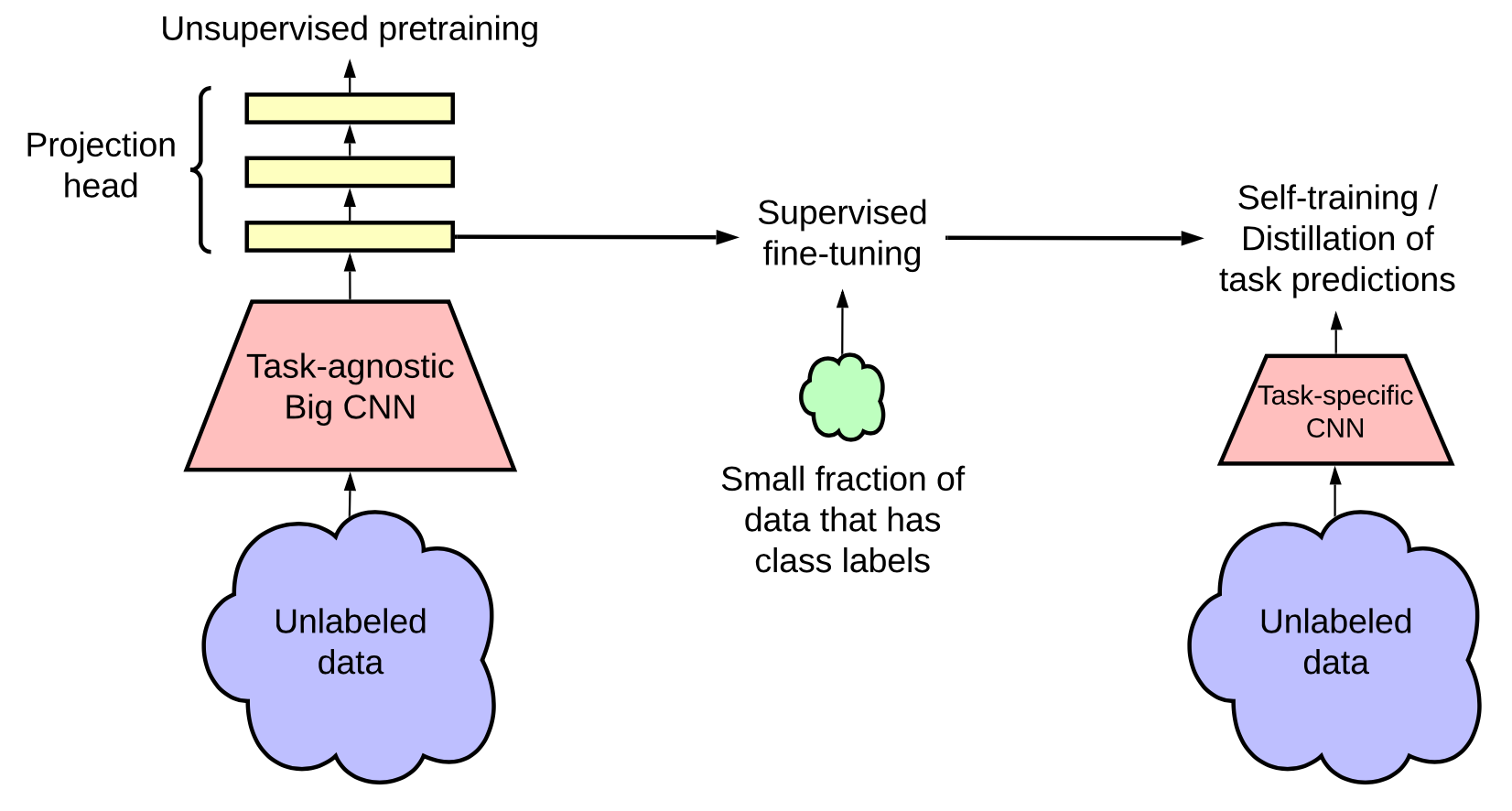
![What Is Data Labelling and How to Do It Efficiently [2022]](https://assets-global.website-files.com/5d7b77b063a9066d83e1209c/60d9ab454dc7ad70f8c5d860_supervised-learning-vs-unsupervised-learning.png)

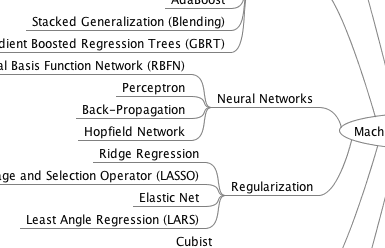
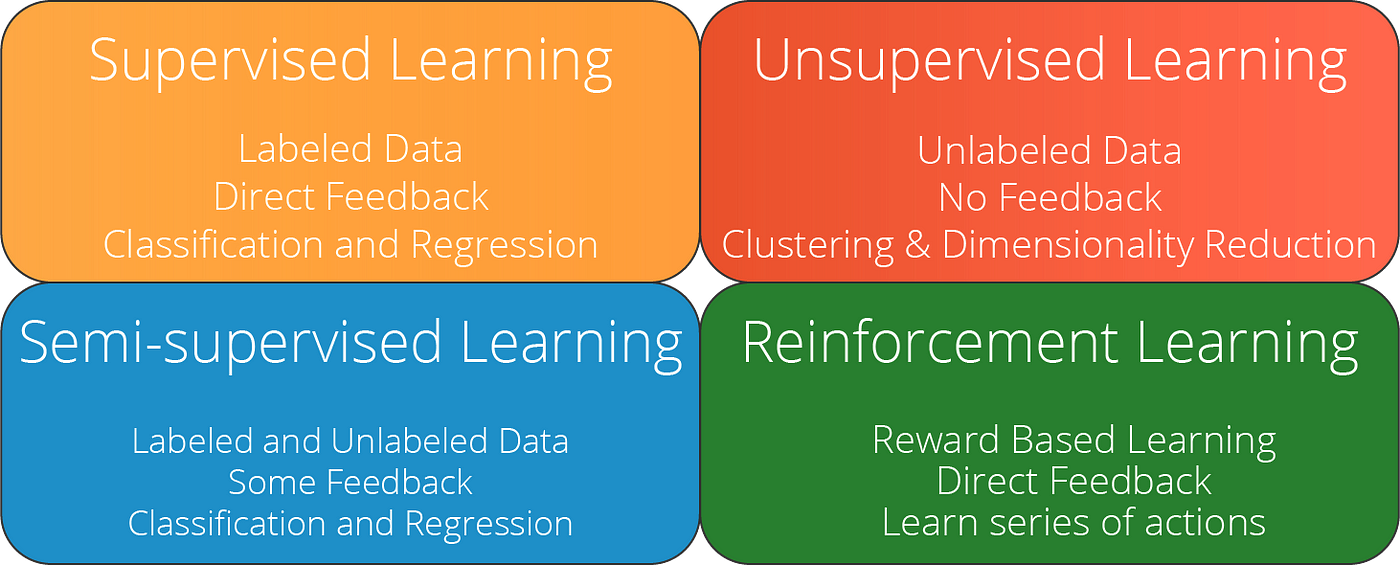

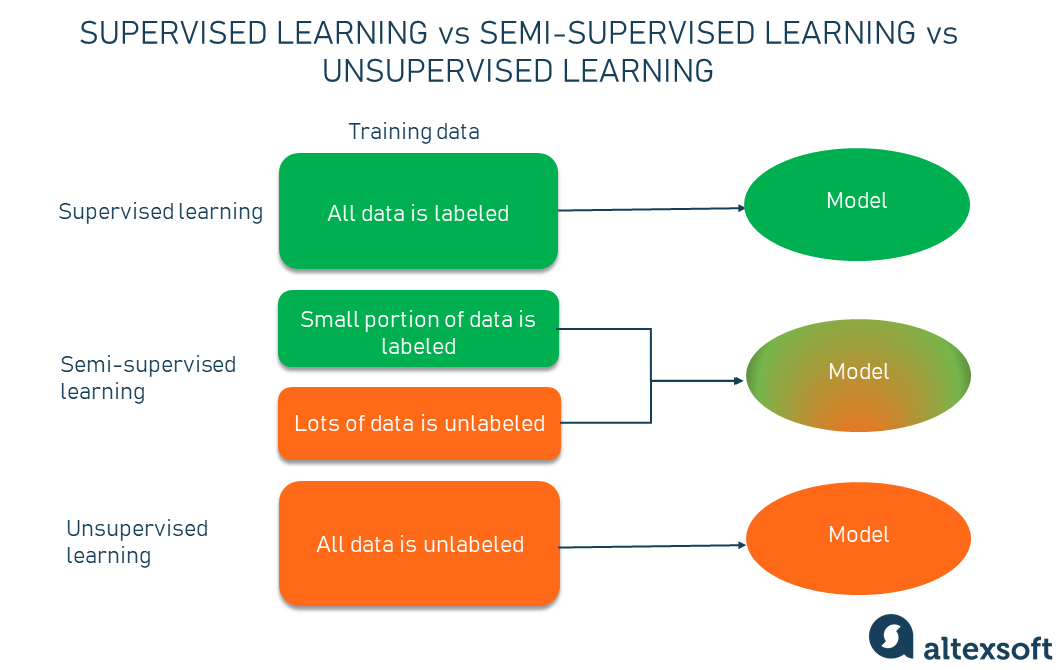
![Supervised vs. Unsupervised Learning [Differences & Examples]](https://assets-global.website-files.com/5d7b77b063a9066d83e1209c/6158dd5a9eb8a3708b09ee09_3H_KVVErj5hhg3x-6GhSIV7bGYANnhCRyu8LIMmc1179ccxk0B2ZTohkg5o9F8sLioBfeAdVzIJ_H-gsy9jJd5kkLecm6kR6abq5PVA363yILJaF5C7ugbxH0Qye1wYm4aYK0NOR%3Ds0.png)




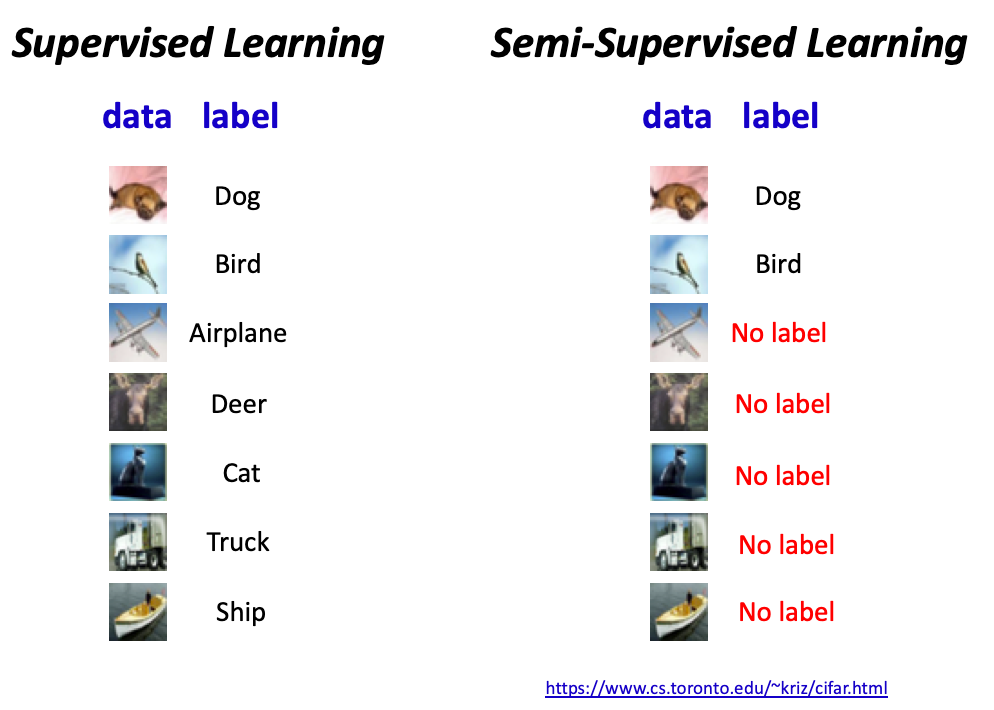
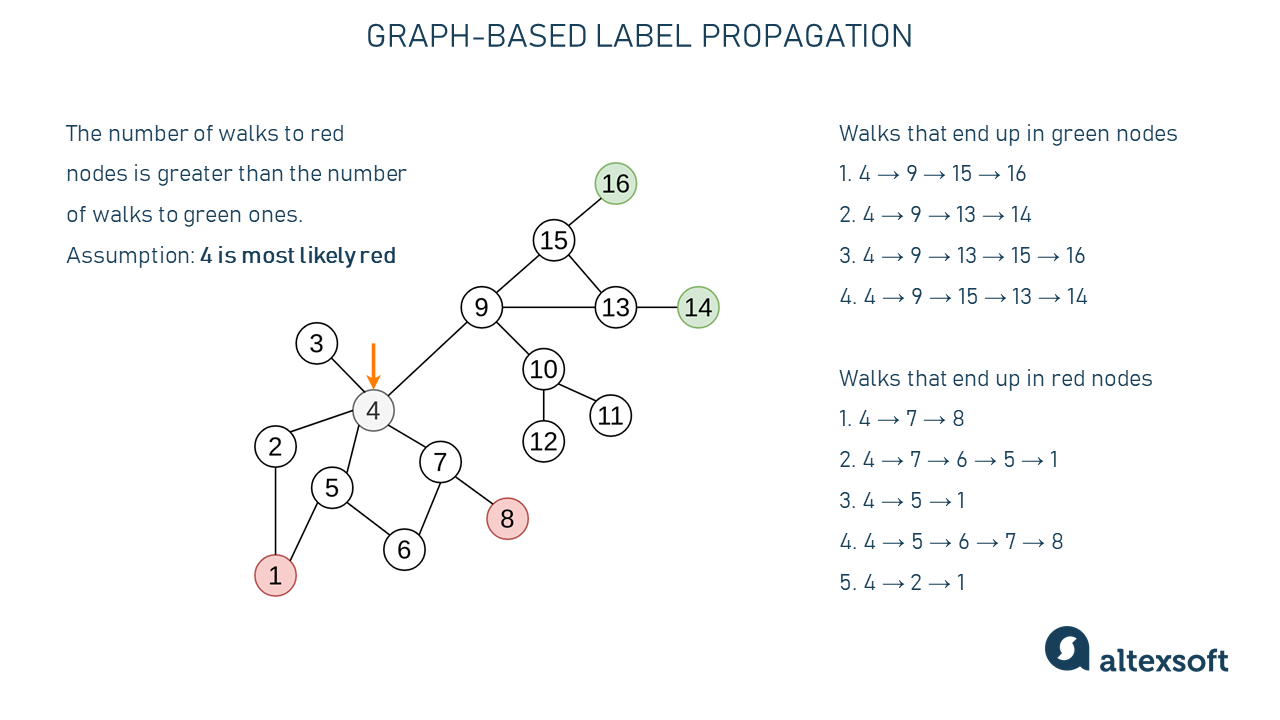

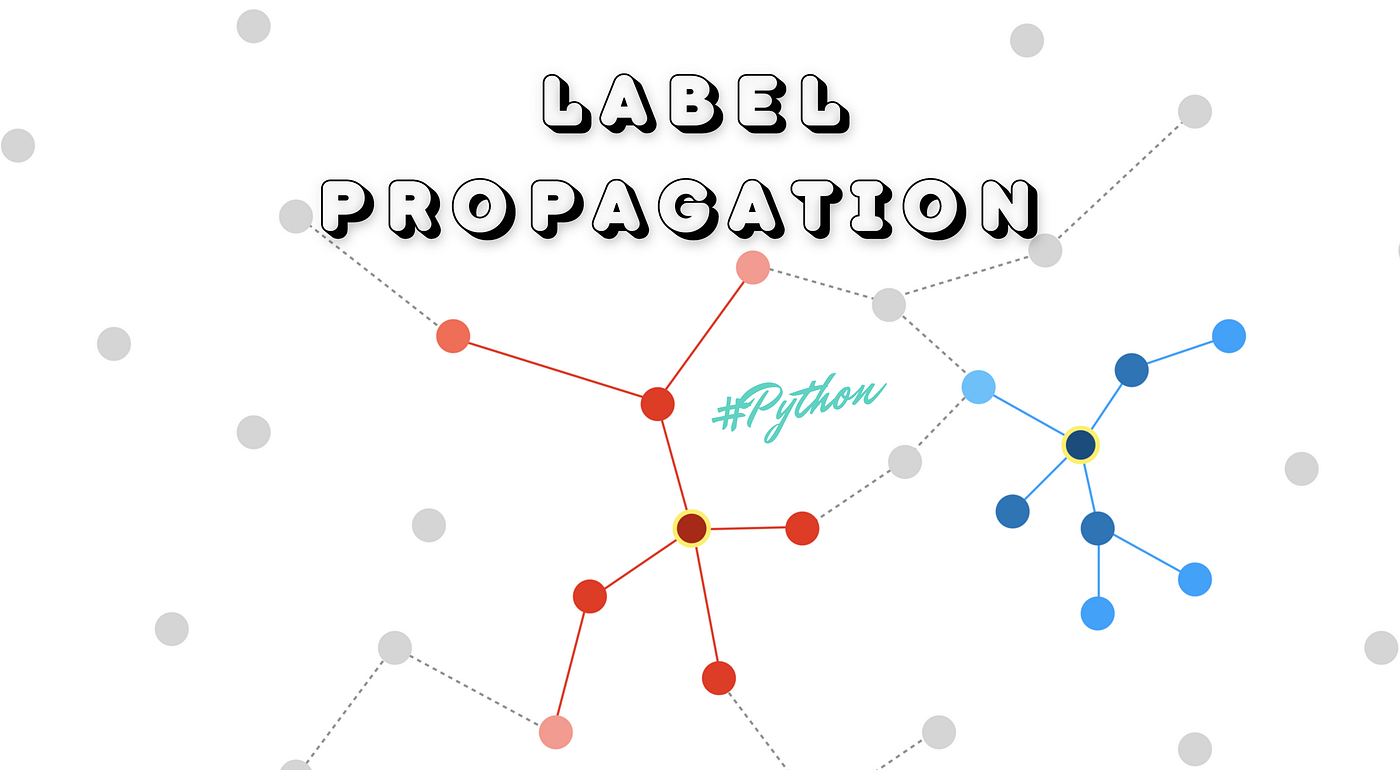
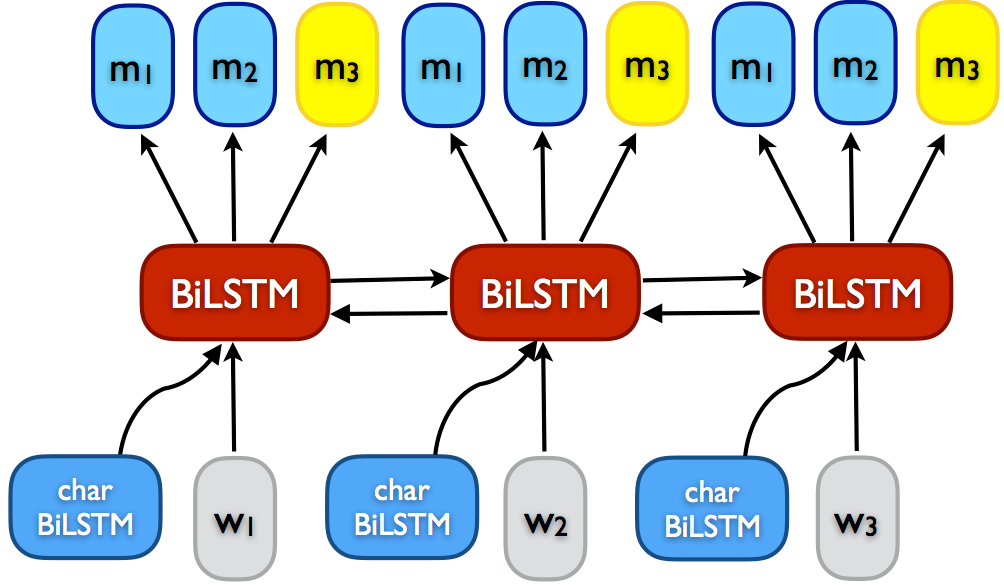


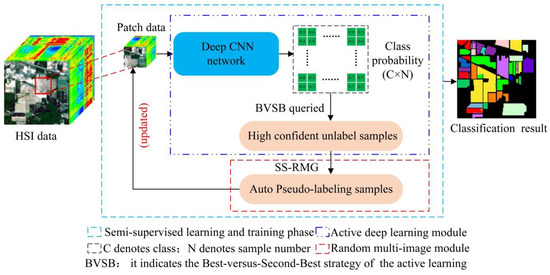

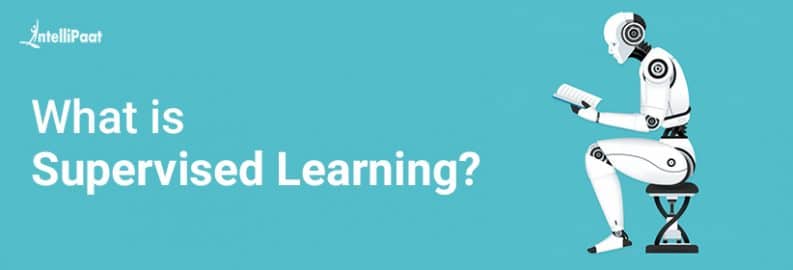

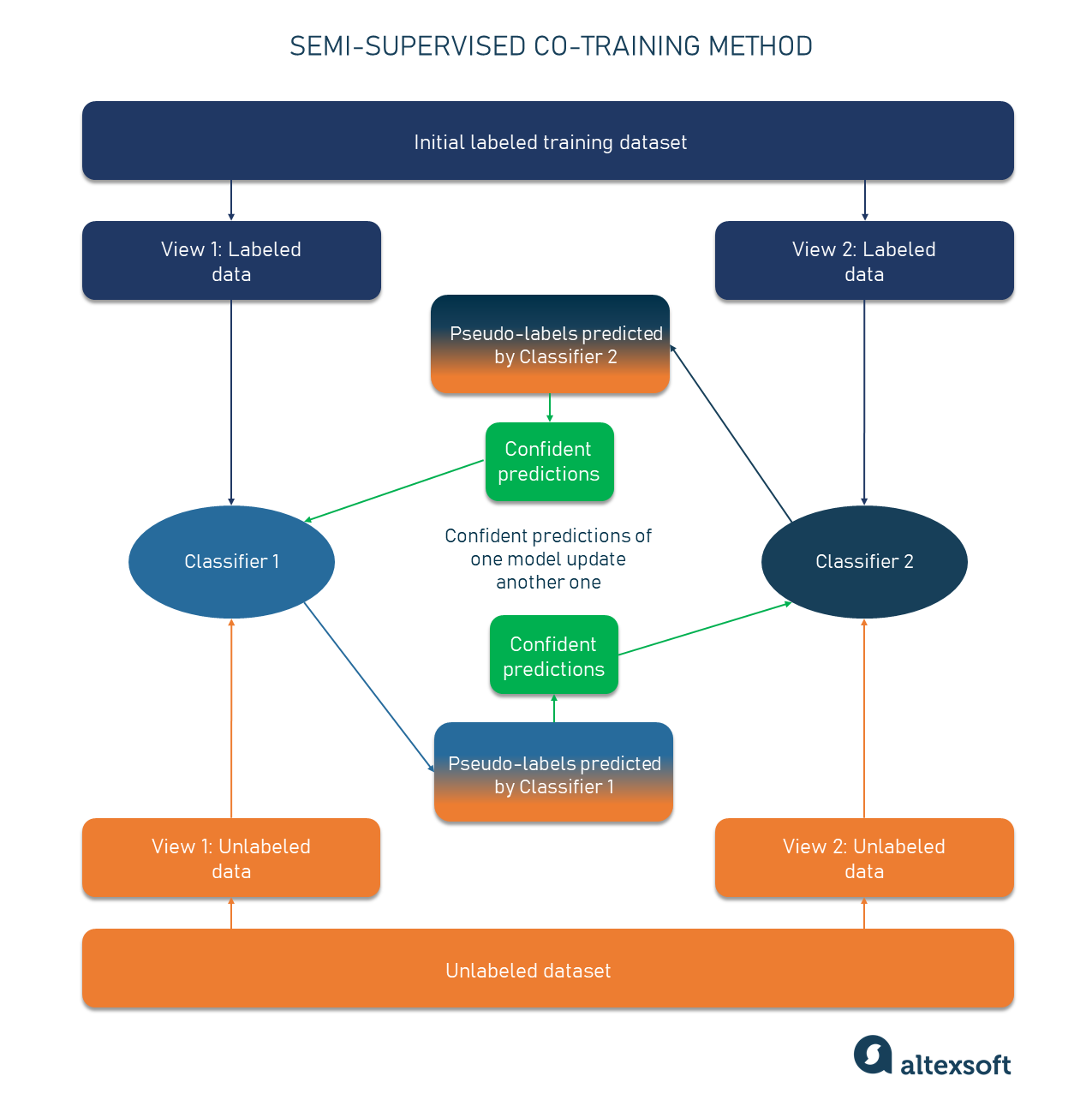
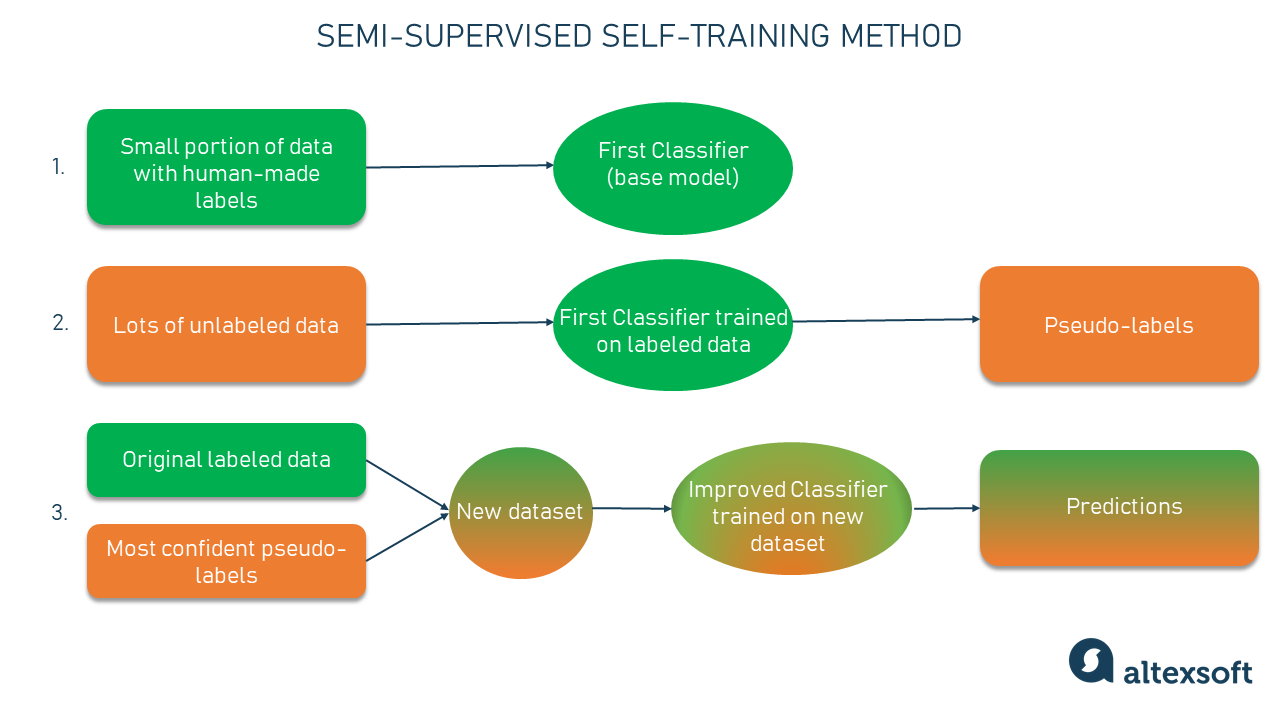
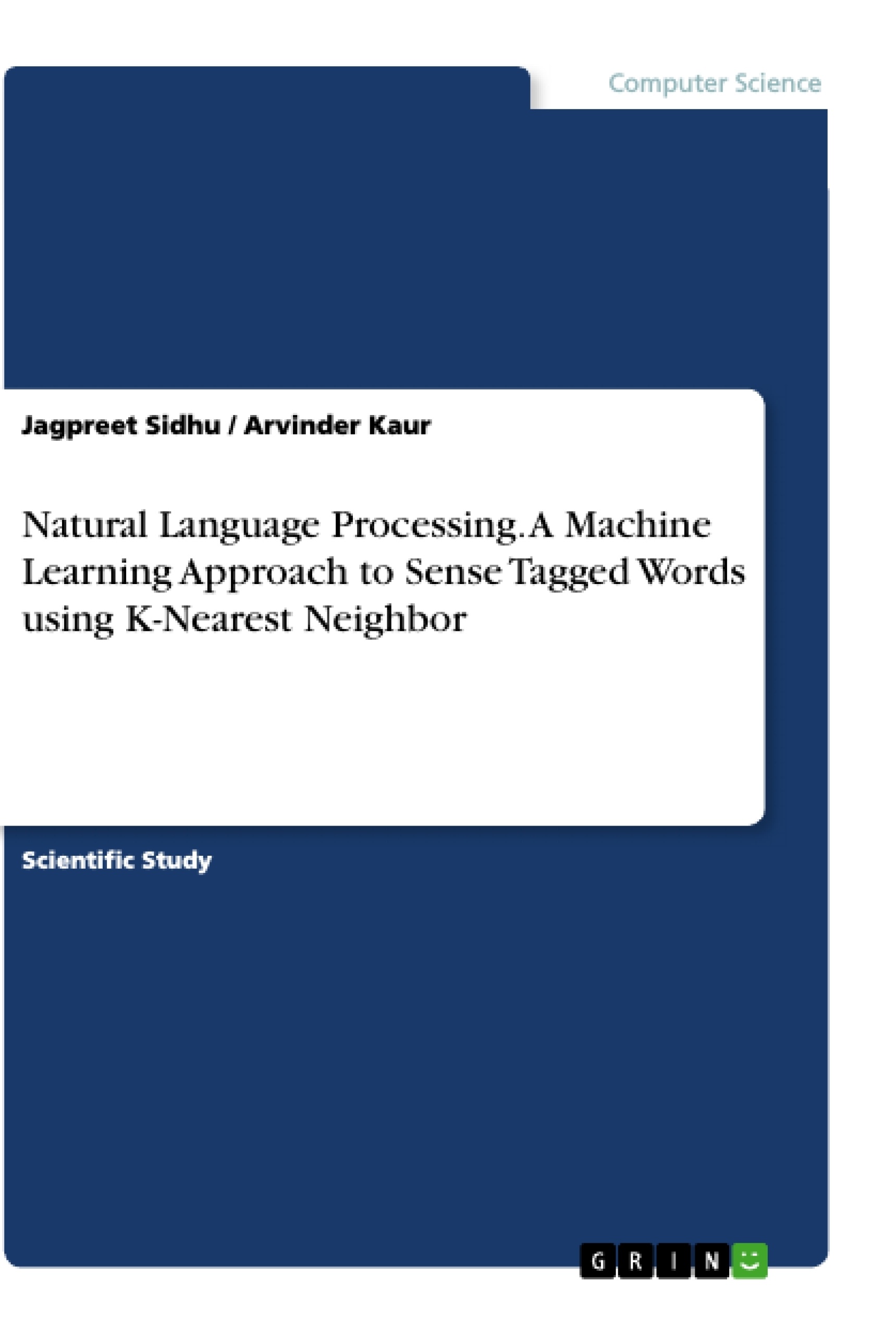

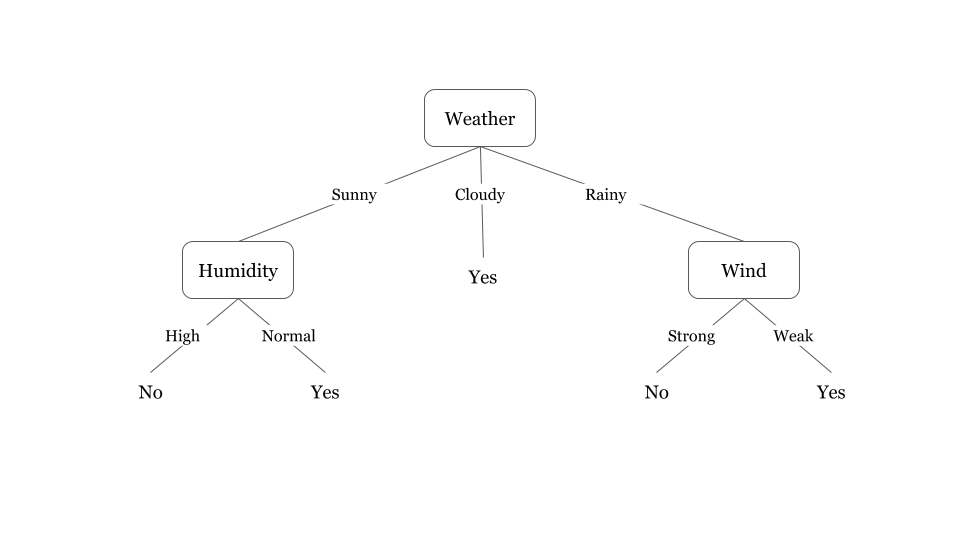

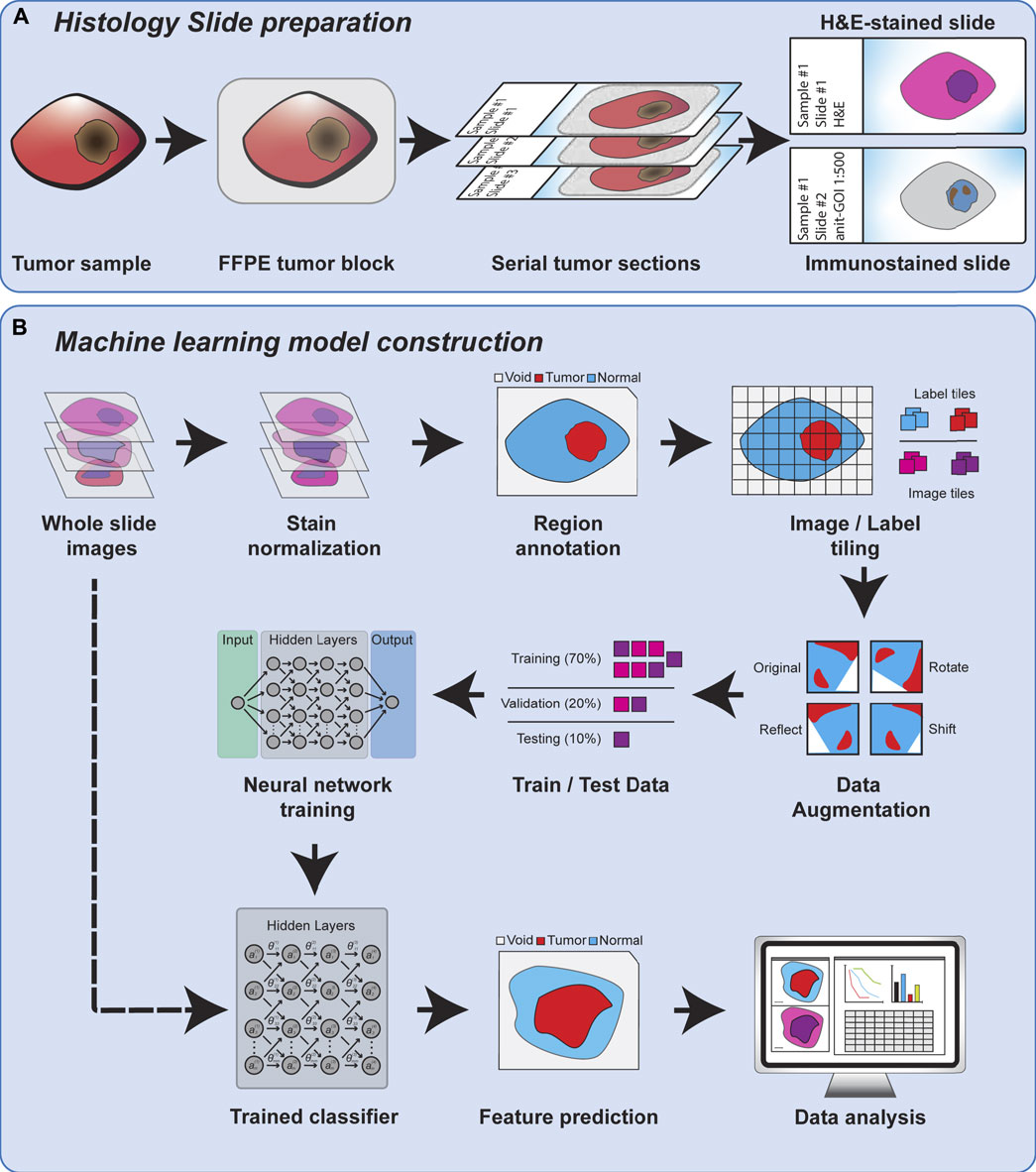
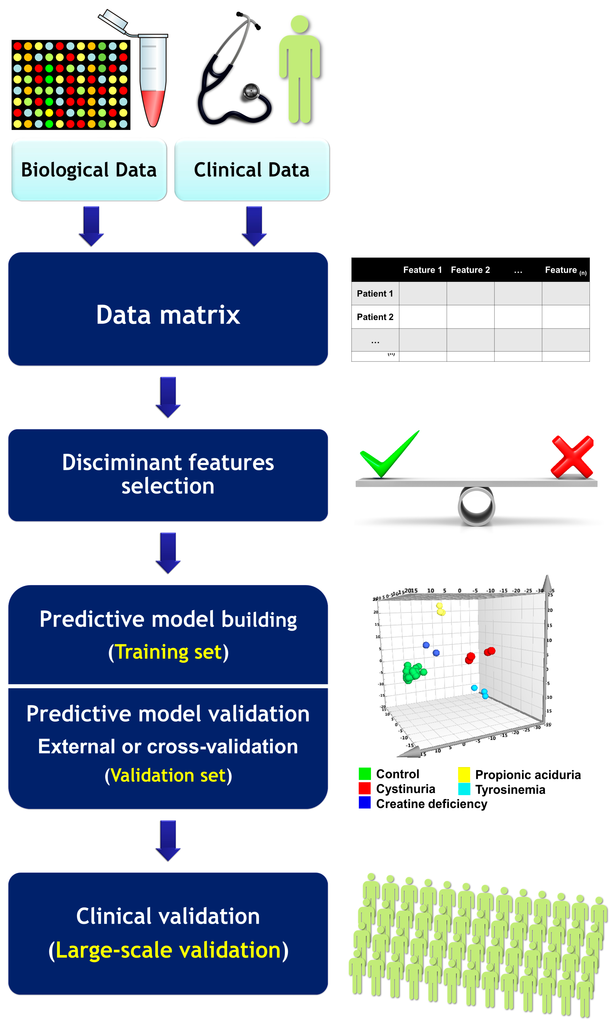

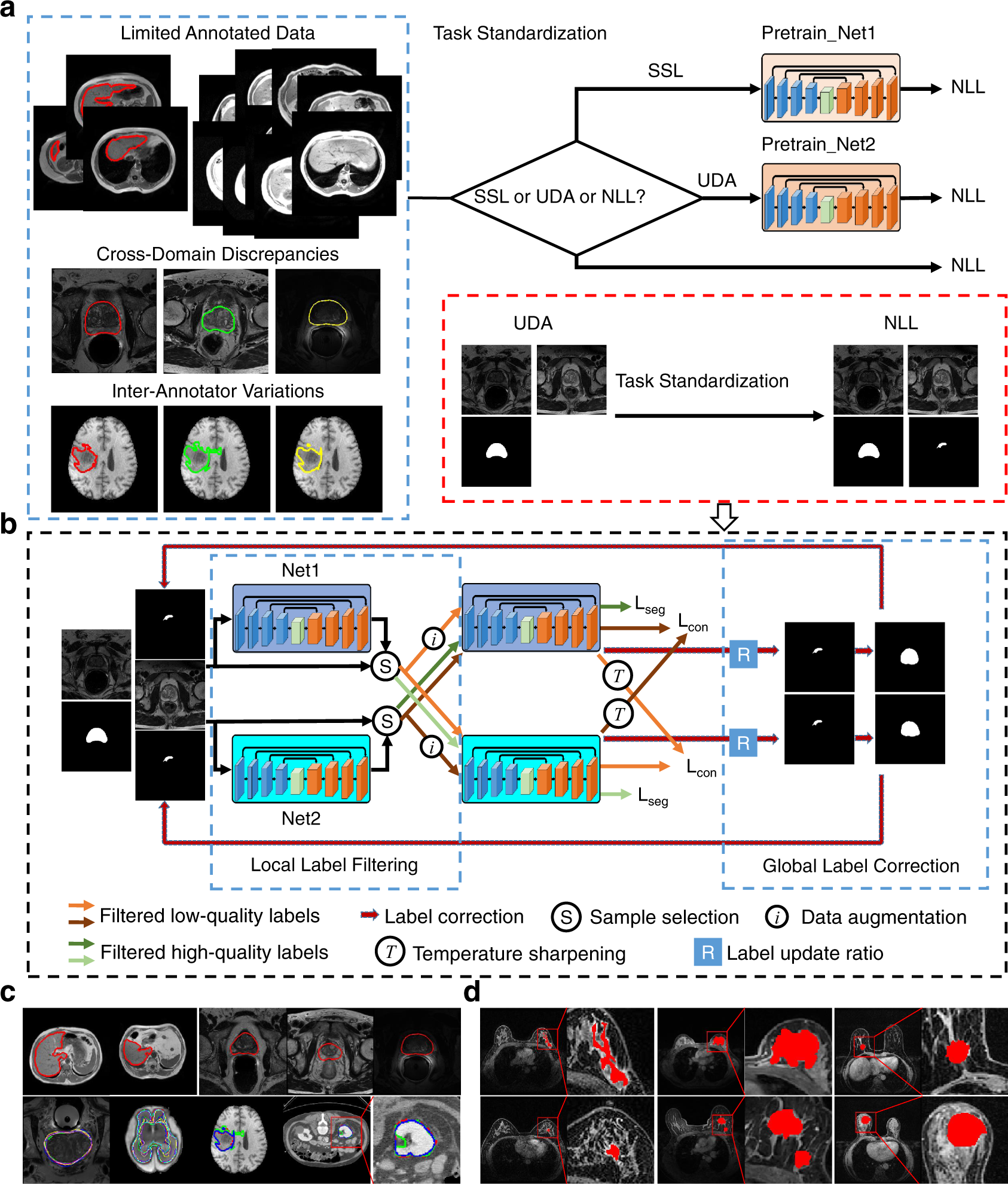
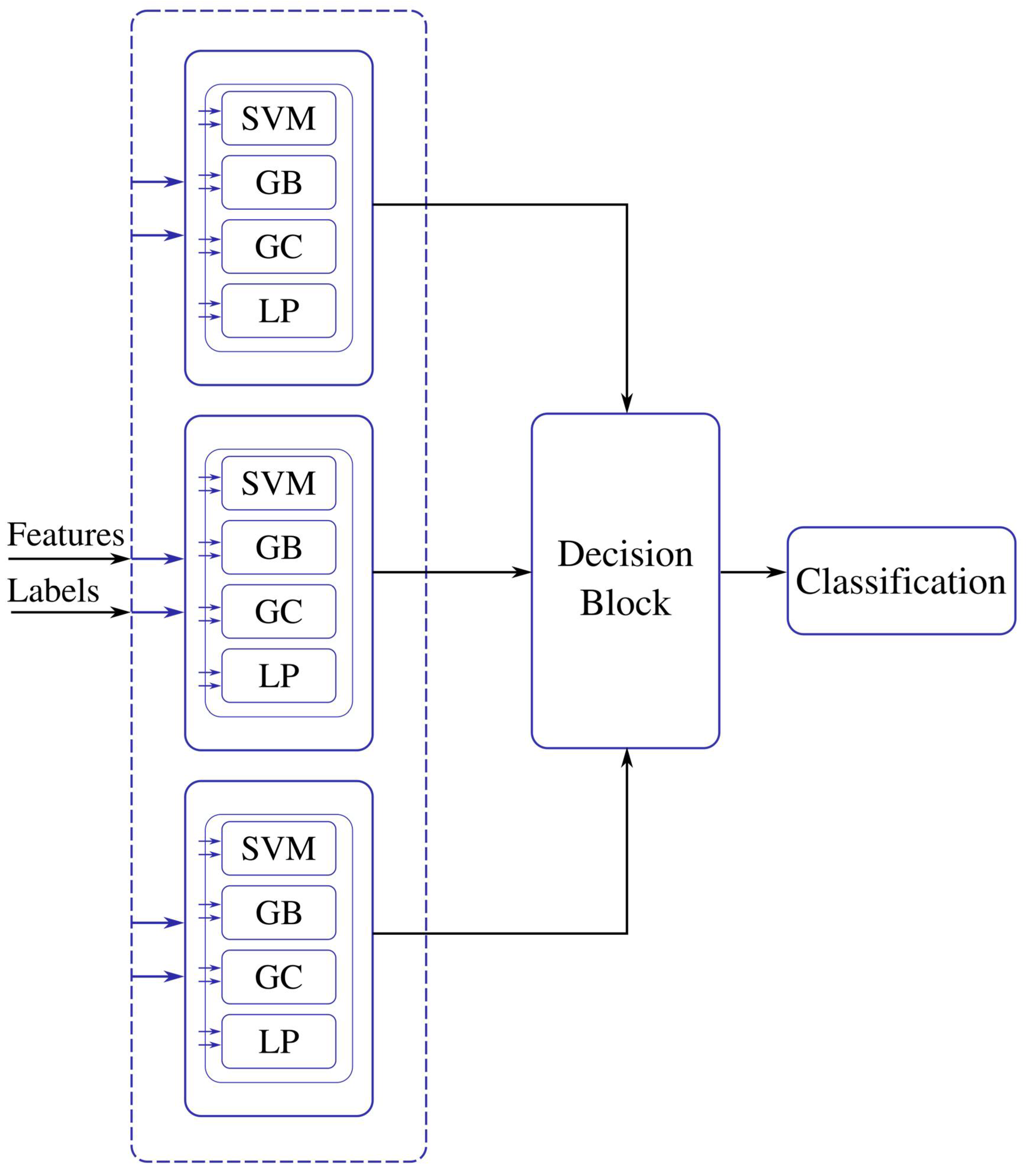
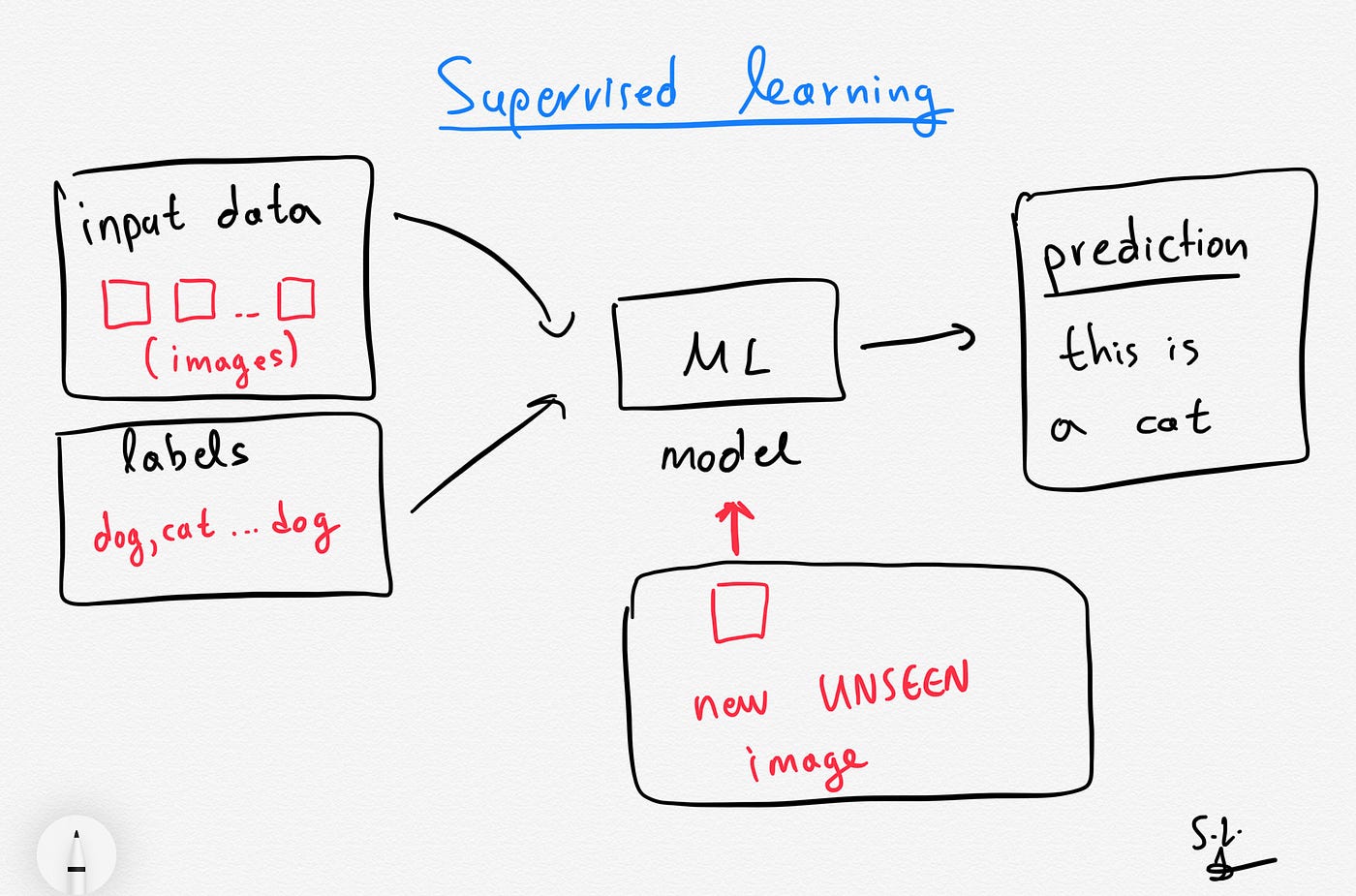

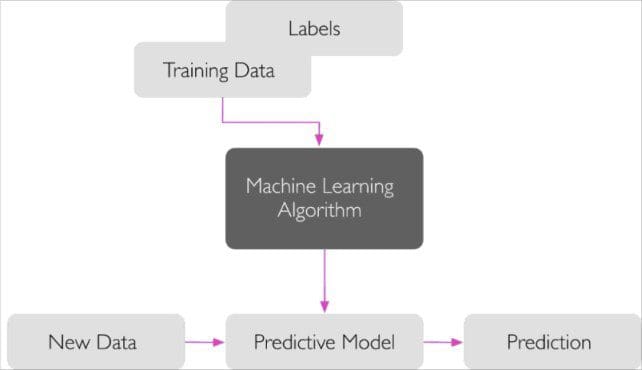
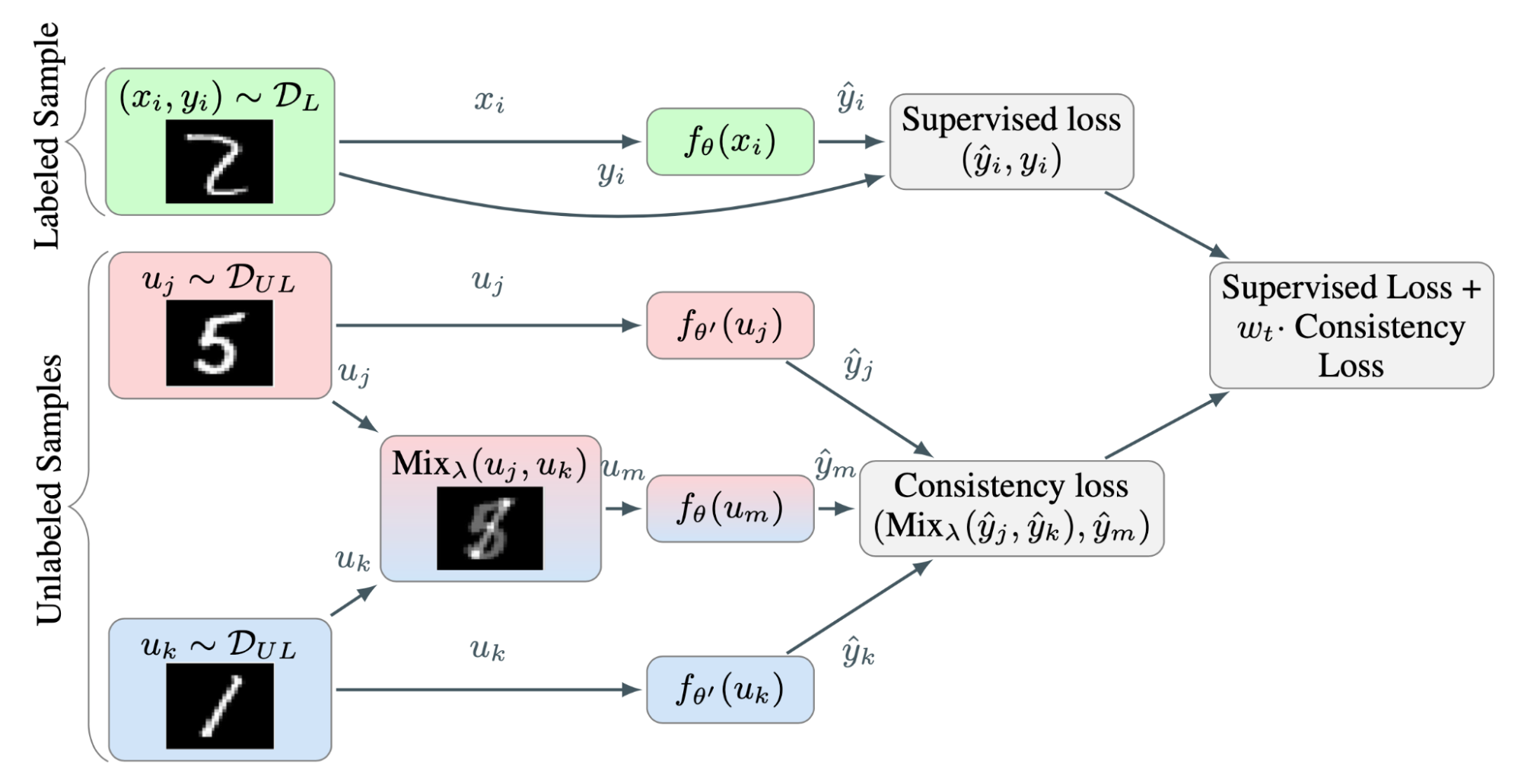
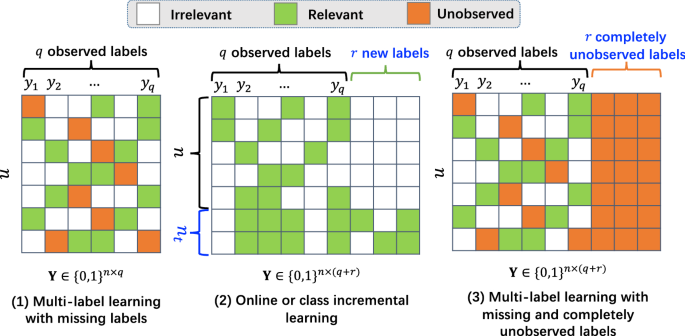
Post a Comment for "42 in supervised learning class labels of the training samples are known"